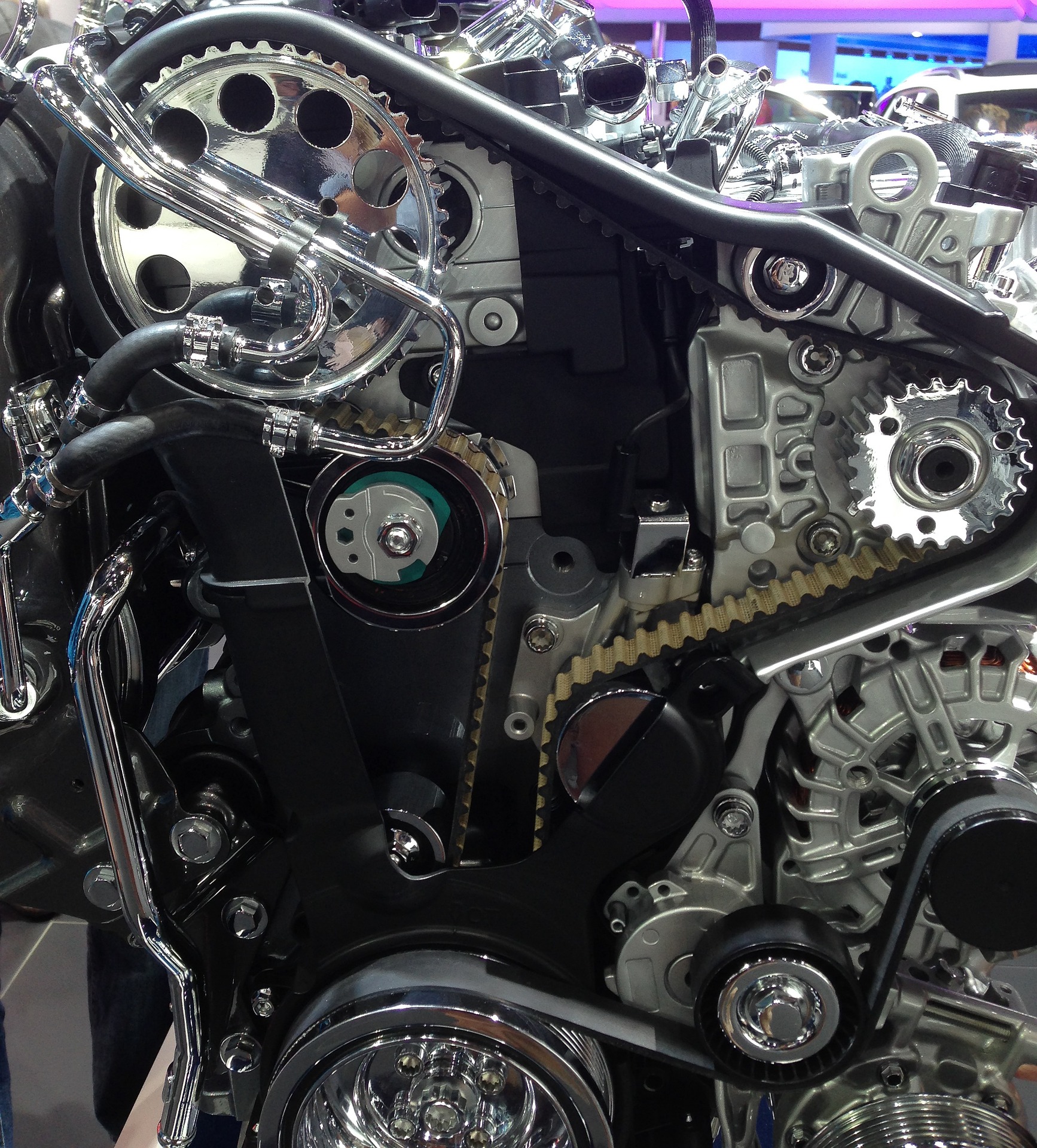4 Steps to Solve Automotive Supplier Problems
3 minutes, 46 seconds read

In early October, Subaru of Indiana Automotive, the sole U.S. manufacturing facility for Subaru Corp, was pushed to cancel its first shift of the day due to a supplier issue. A plant spokesman commented, “In these types of situations, we typically do not disclose the name of the supplier or the issue.” Early indications were that this particular problem may have been related to a ransomware attack, but it’s also a reminder of the importance of having clear and open channels of communication with your suppliers. When a problem arises, you want to make sure you’re ahead of it.
Auto supplier challenges on the horizon
There are more than a handful of problems on the horizon for automotive suppliers, according to the Original Equipment Supplier Association’s (OESA) 3rd Quarter 2019 Automotive Supplier Barometer. The quarterly barometer is a 12-month snapshot of the automotive supplier industry’s top executives’ business sentiments. In its latest release on the global supply chain, OSEA reports high levels of uncertainty and unbalance and a host of issues auto manufacturers and their suppliers are watching. Concerns include meeting lead times, labor issues, material shortages and other delays.
Timing-related issues were cited as the most likely challenge to impact suppliers’ production, and the most disruptive. However, companies most frequently reported placing direct suppliers on their “watch list” due to quality issues (31%), financial metrics (28%) and delivery performance (21%).
So what’s a manufacturer to do to ensure they’re able to get quality parts to get their own goods out the door in time?
Consider the following tips for improving your procurement practices.
1. Be clear in your expectations
While it’s easy to automatically assign blame to your supplier when a problem arises, you should first rule out miscommunication. Are your purchase orders and specifications clearly spelling out the level of quality you expect? Do you have a clear system in place for rapidly communicating problems and ensuring solutions are enacted? Ruling out the potential for misunderstanding with a streamlined communication approach may rule out many of your supply chain headaches.
Measurement also can help. If you already have a Lean program in place, you know the importance of setting clear metrics by which to gauge project success. But do you have metrics in place when it comes to external issues? Make sure you’re tracking issues from on-time deliveries to defective shipments so that you can make a complaint (or a switch) based on more than a gut feeling. With data in hand, you’re better prepared to work directly with your supplier on solutions.
2. Keep leadership in the conversation
When issues do arise, who is working toward a solution? Are your frontline operators going directly to your supplier’s customer service reps? While that type of action may proactively fix a problem, it isn’t likely to prevent future problems. Make sure leadership on both sides are at the table to discuss how well the supplier is meeting metrics. If these conversations result in fast or ongoing improvement, you may have found yourself a strategic partner.
3. Make improvement an ongoing process
No surprise perhaps that we’re going to advocate for ongoing improvement (and its proven results!) but it bears repeating: managing your supplier’s performance should be an ongoing activity. If you’re only focusing on problems when they happen, you’re already late to the game. Regular communication and discussions around expectations will pave the way to preventing potential problems—and help create the relationship that will speed major issues to a quick resolution.
4. Keep your options open
OSEA’s report indicates that more automotive suppliers are concerned about their supplier’s product quality and financial stability. If your supplier suddenly disappears or their quality deteriorates dramatically, what will you do? Keeping the communication channels opens means having another component source in line should the need rapidly arise.
Put problem-solving steps in place today
If you’ve made Lean a priority at your facility, and are continuously working to improve, why settle for anything less from your relationship with your suppliers? Given the challenges rocking the automotive industry today, it’s critical to have open communication and a clear path for problem-solving. Problems will arise. Establish today how you want suppliers to work with you to solve them.
Like this content? Sign up for our Newsletter
[hubspot type=form portal=561211 id=fda6d445-739e-4072-8dae-68b94971a266]THE FRONTLINE DOJO
More Articles
How to develop the next billion Knowledge Workers
3 minutes, 51 seconds read
Digital transformation in manufacturing is not what you think it is
10 minutes, 36 seconds read
The human side of change management: lessons learned from Toyota, Airbus, and Silicon Valley
1 minute, 28 seconds read
The true meaning of Genchi Genbutsu
3 minutes, 5 seconds read